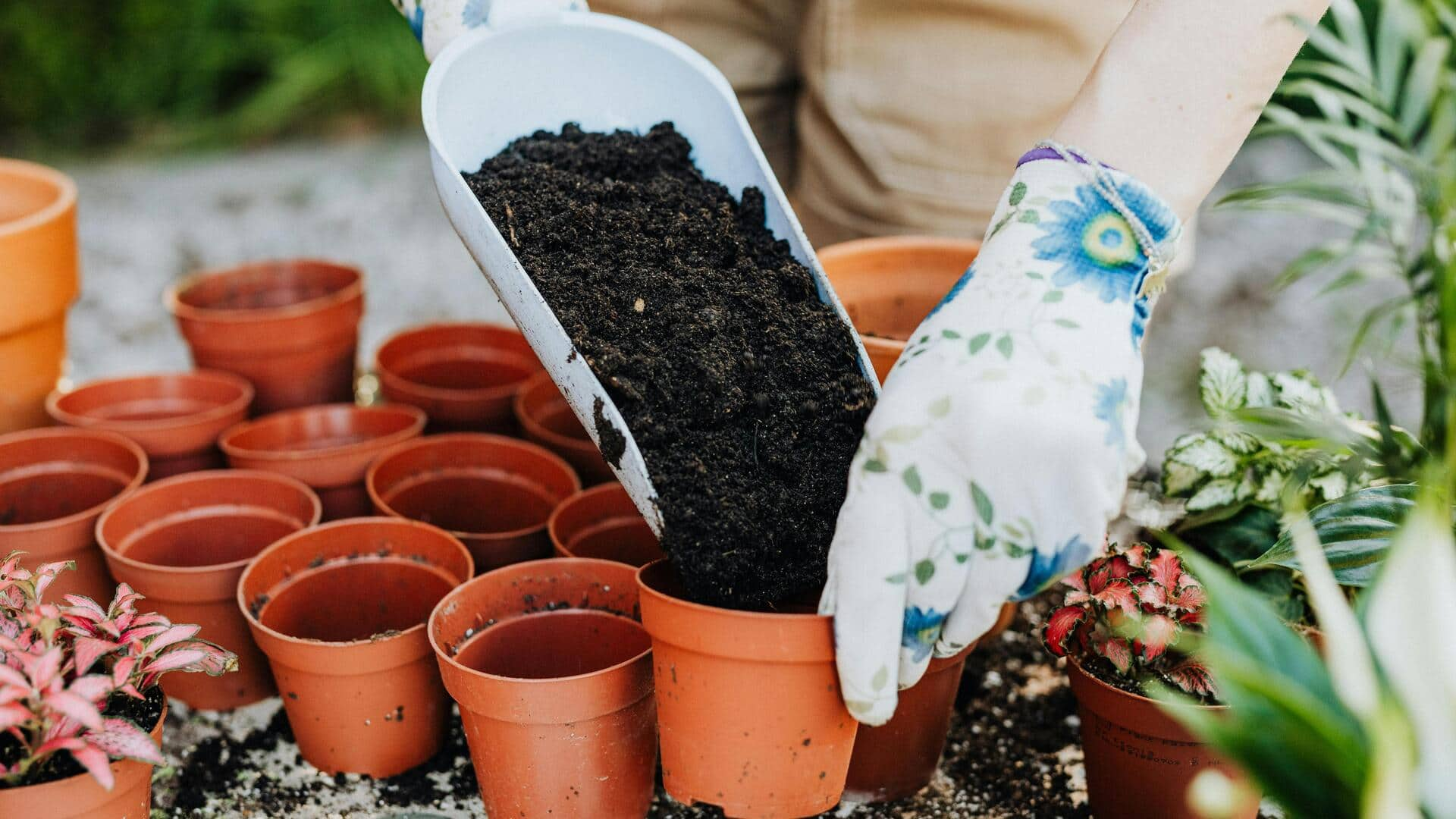
Your step-by-step guide to growing dill indoors in pots
What's the story
Growing dill indoors in containers can be a rewarding experience, giving you fresh herbs all year round. Dill is an easy herb to grow, requiring little space and effort. With the right conditions and care, you can have a constant supply of this aromatic herb for your culinary needs. Here are some practical tips to grow dill indoors in containers successfully.
Tip 1
Choosing the right container
Selecting the right container is essential for growing dill indoors. Choose a pot that is at least six inches deep with drainage holes to avoid waterlogging. A wider container allows more root space, which promotes healthier growth. Make sure the container is made of breathable material like clay or terracotta to help regulate moisture levels.
Tip 2
Ideal soil mix for dill
Dill needs well-draining soil with a slightly acidic to neutral pH level (six to seven). Use a potting mix enriched with organic matter like compost or peat moss to improve soil structure and nutrient content. Avoid heavy soils that retain too much water as they can cause root rot.
Tip 3
Providing adequate light
Dill needs plenty of light to grow well indoors. Place your container near a south-facing window where it can get at least six hours of direct sunlight every day. If natural light isn't enough, you can use grow lights as an alternative, keeping them about 12 inches above the plants for 12 to 16 hours a day.
Tip 4
Watering and fertilizing tips
Water your dill plants regularly but don't overwater them; let the top inch of soil dry out between waterings. Use a balanced liquid fertilizer every four weeks during the growing season to provide essential nutrients without overwhelming the plants with excess salts.
Tip 5
Pruning and harvesting techniques
Regular pruning encourages bushier growth and prevents legginess in indoor dill plants. Trim back any yellowing leaves or flower heads promptly, as they divert energy from leaf production. Harvest leaves by snipping off sprigs from the outer parts of the plant when needed, ensuring continuous growth throughout its lifecycle.